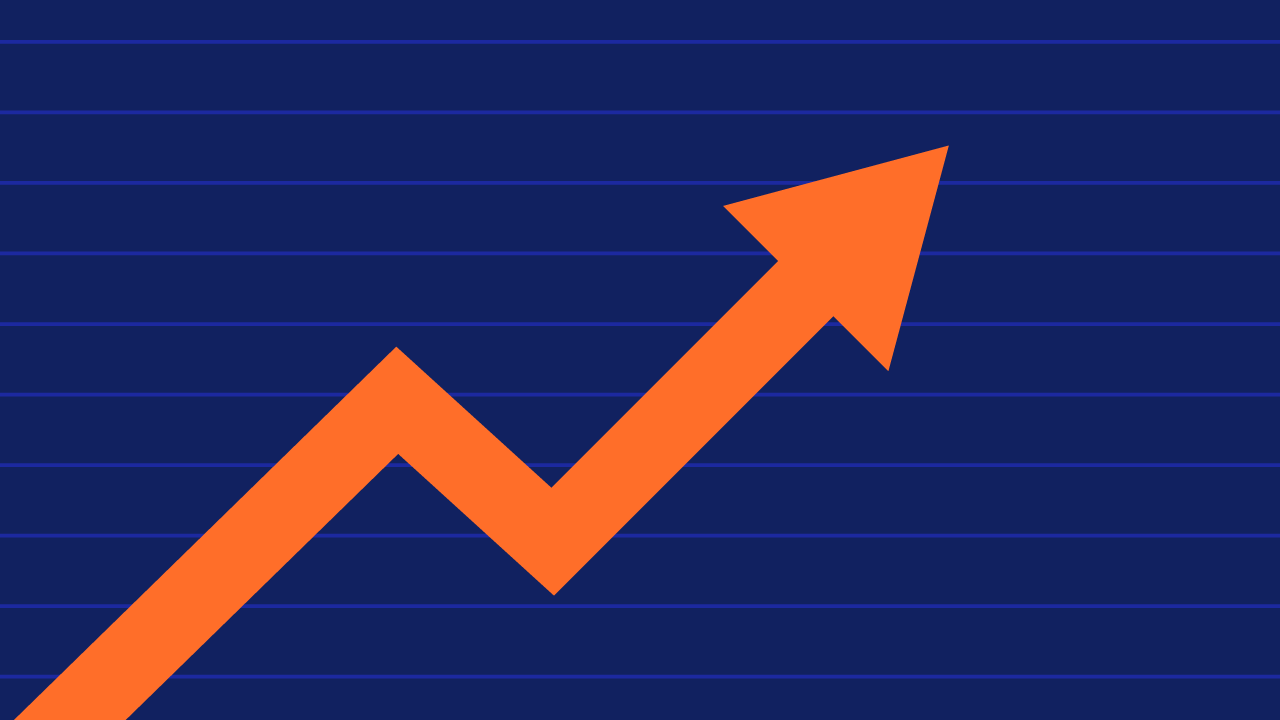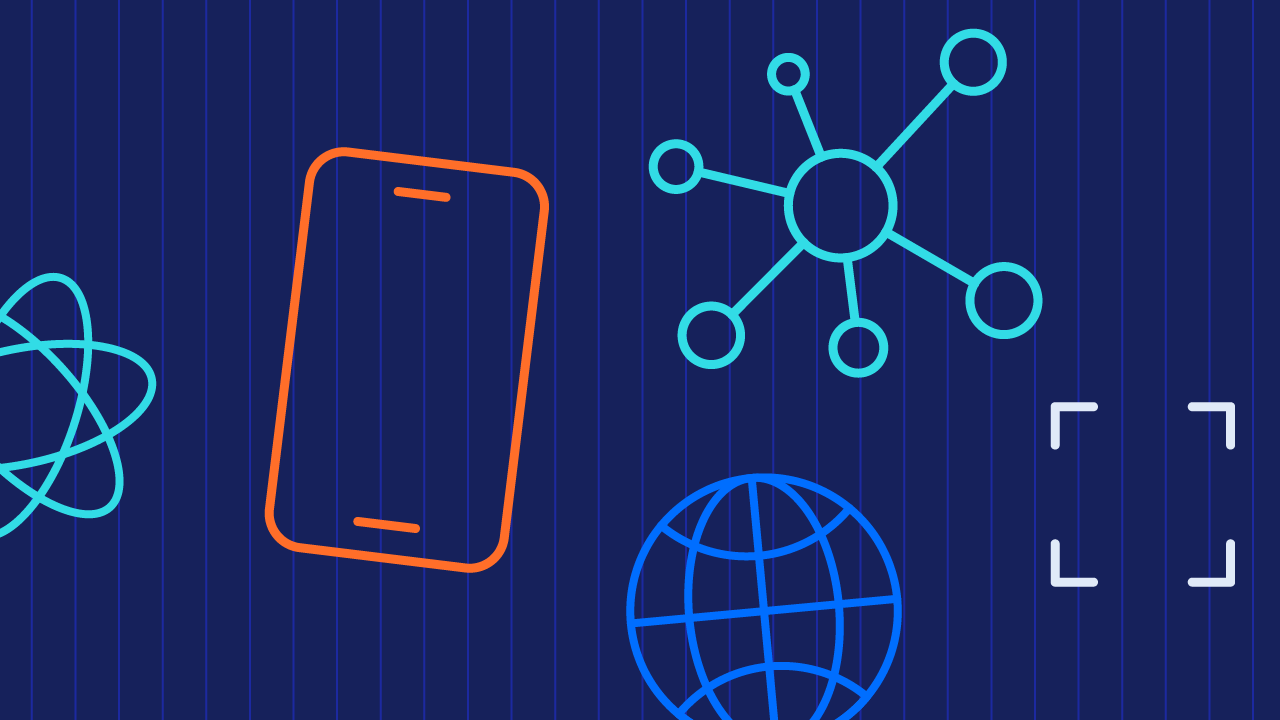When we consider the future impact of generative AI and tools like ChatGPT, I always feel it’s necessary to do so from two perspectives: the technology itself and the people it will affect. You’ve no doubt come to this article to get a sense of where generative AI will take us over the next decade, but first it’s important to understand the journey we’ve been on with the technology until now.
I’ve been working in artificial intelligence for 10 years, and back when I started, building AI was much, much harder. We didn’t have any automated tools, good quality datasets weren’t available, research was limited, people with the right skills were harder to find, it was a lot more expensive, the outputs were less predictable than they are today, believe it or not, and were even less trusted by people. Because of all these factors, it was also an incredibly difficult area to get investment in.
But over those 10 years, companies like Google and Facebook were investing and sharing some of their results openly. Technologies like PyTorch and Hugging Face were super-critical in getting people into the AI space faster. More and more, companies started adopting these technologies and investing most notably with Microsoft’s investment in OpenAI, which led to a tipping point at the end of 2022: the arrival of ChatGPT.
While a decade’s worth of time and money has brought us to where we are now, the only thing that period tells us about where we will be in 10 years’ time is that we will be exponentially further ahead, as all those problems I listed earlier are solved and investment in AI, specifically generative AI, is now skyrocketing. The number of new startups specializing in AI is going through the roof. Training AI needs data and according to Leftronic, 90% of the world’s data was generated within the past two years alone. The number of people working in AI is growing quickly (Gartner has predicted that AI will create 2.3 million job in the US). We’re at a point where you can go online right now and build yourself an AI app knowing nothing about AI, or even coding!
With one hundred million users within two months of launch, we have ChatGPT to thank for AI breaking out into the mainstream. That too will cause us to jump ahead faster as the pre-trained large language models have gained the level of complexity required to be pretty good at a broad range of tasks, meaning more people, and different types of people are going to start using AI and thinking of new ways it can be applied.
AI Is the Biggest Technological Leap Since Social Media
This is not a drill. This isn’t a fad. This will not go away. For me personally, this is a technological leap comparable to the advent of social media or the internet itself. AI, like social media or the internet before it, will be life-changing and disruptive in ways we can’t yet begin to understand. What we do know about AI is that however quickly it advances, the human element remains critical.
If you judge any creative content on four factors of speed, cost, basic quality (e.g. grammar, word count) and then that special component of true creativity (or “je ne sais quoi”), the bad news is a generative text tool like ChatGPT already has us beat on three of those four. We’ll never be faster, cheaper or better at hitting the basics than AI is right now. It’s an expert in every topic, generates text in seconds and doesn’t make typos.
Our critical role, and competitive advantage, as humans is adding that truly creative and innovative spark. However, as ChatGPT is potentially already discovering the hidden deep structural patterns of human thought our advantage here is quickly eroding and, in a decade, will be wafer thin, if it exists at all.
Sounds depressing. Or is it? Because regardless of how much better AI gets, it will still be limited by responding to our prompts. Purposefully exceeding the brief or explaining to the client (or a manager) why their question isn’t actually the right question… that’s where our human experience, creativity and insight is needed. That’s where our role will remain important.
AI Natives are About to Enter the Workforce
So what about the people it will affect? What will the ChatGPT-enabled workforce look like 10 years down the line? It’ll be made up of AI Natives. Right now, we have children about to head to university who are already using generative AI. Unless the education system fundamentally changes how children are assessed (something that isn’t going to happen quickly), then they are going to be using generative AI just to ‘get started’ on every single written assignment they have.
They won’t have to face the terror of a flashing cursor on a blank page. ChatGPT is going to be the study partner that’ll always be there when they need them. The reality of the relationship between this generation and AI is going to be polar opposite of the cultural image the rest of us have grown up with, that dystopian vision of the Terminator films or HAL from 2001: A Space Odyssey.
As they enter the workforce, their familiarity and comfort with AI tools will only accelerate the adoption and impact of AI in various industries and each of these people you hire will effectively be bringing a small team of interns with them, only in 10 years’ time, generative AI won’t be the quality of an intern, it will certainly have developed its creative abilities and potentially entirely new skills from where it is today. So by the time these new hires become mid-level account managers or press officers, they’ll have zero concern over making every available use of something like ChatGPT. However, never having to deal with the blank page problem might impact their creative and innovative skill development.
So, that creative edge we have right now, if it still exists in 10 years, is going to be paper thin. That’s why we need to do everything we can to protect and nurture that innovative spark, ensuring our collective creative skills don’t atrophy as we rely on generative AI tools more and more. We must also look at diversity of experience in our teams. AI Natives will be tech savvy and comfortable using the latest tools, but without experience they won’t know how to ask the right questions or refine the output to create genuine value. The more experienced members of the workforce can teach them the right emotional and empathetic skills, and ensure the right goals are set to activate the right output (not just good output).
There is a huge amount for us all to gain in terms of productivity, and we should not be thinking about how we can do the same amount of work with fewer people but rather how much more we can do with those same people exploiting AI. How many more clients can we reach, onboard, serve and support? How much more personalized can we make all these activities? And can we figure this out faster than our competitors?
The future of AI is full of potential, and while it may challenge some traditional notions of work and creativity, embracing and adapting to these technological advancements will be essential for thriving now and in the years to come.








